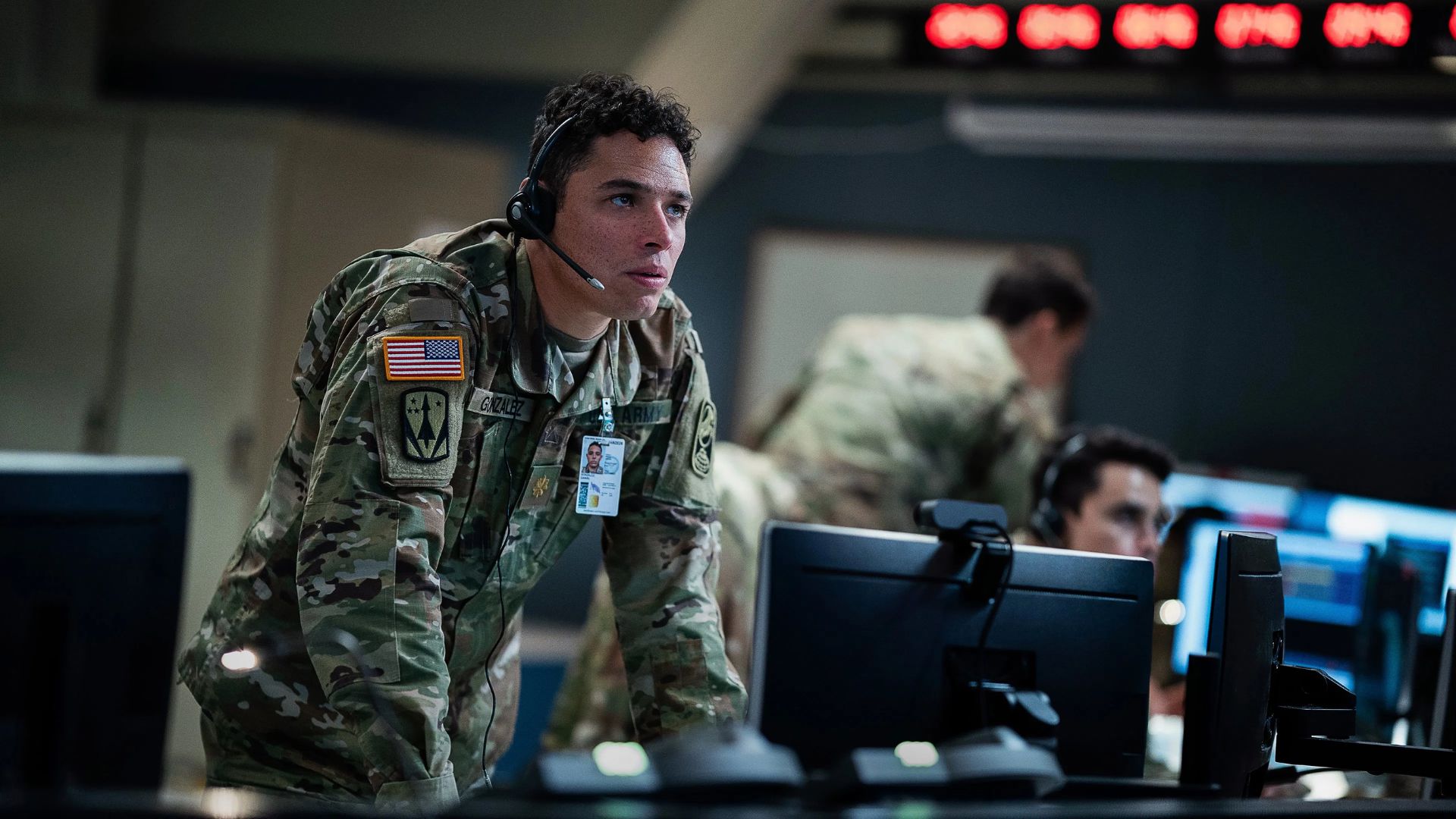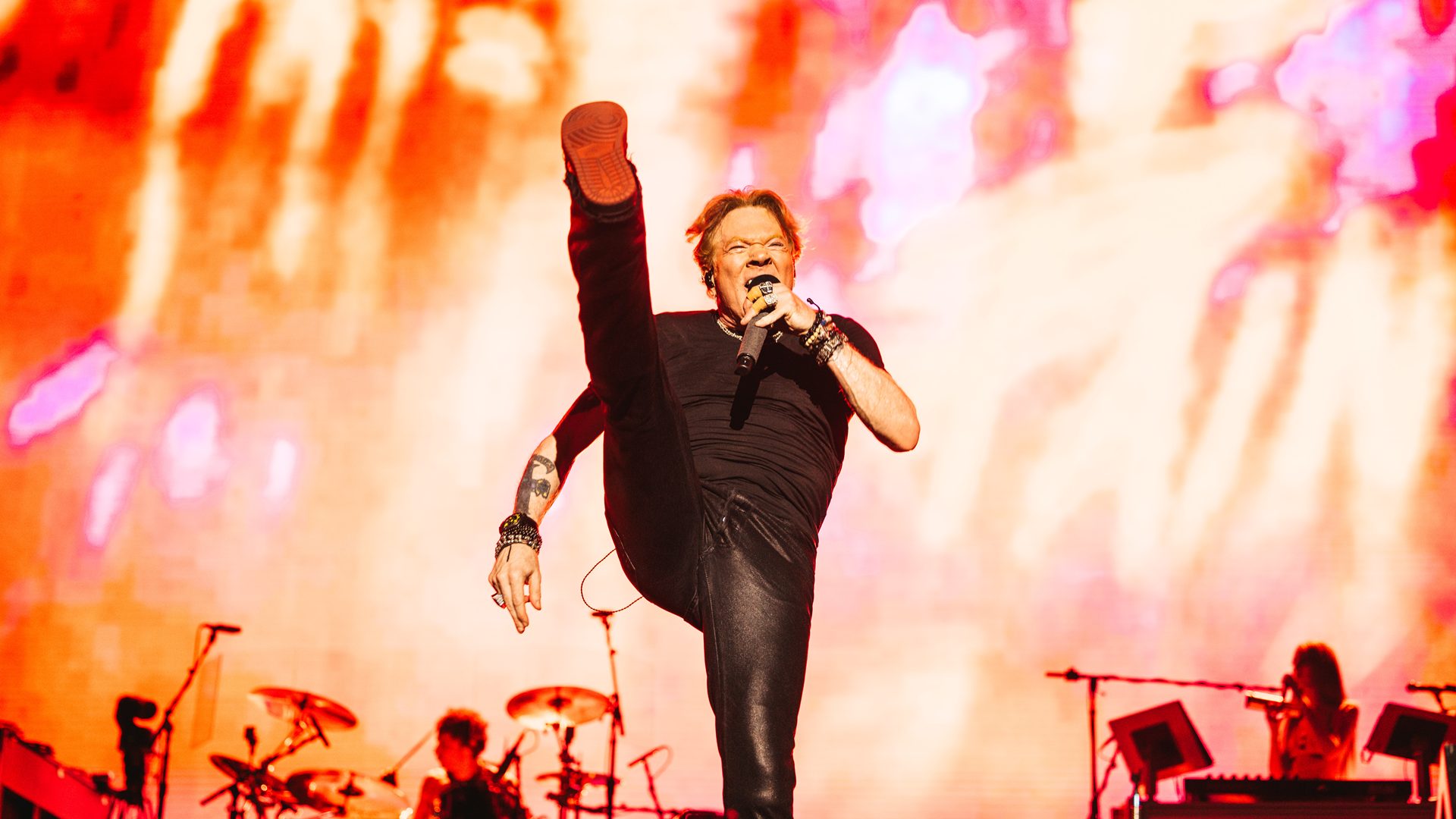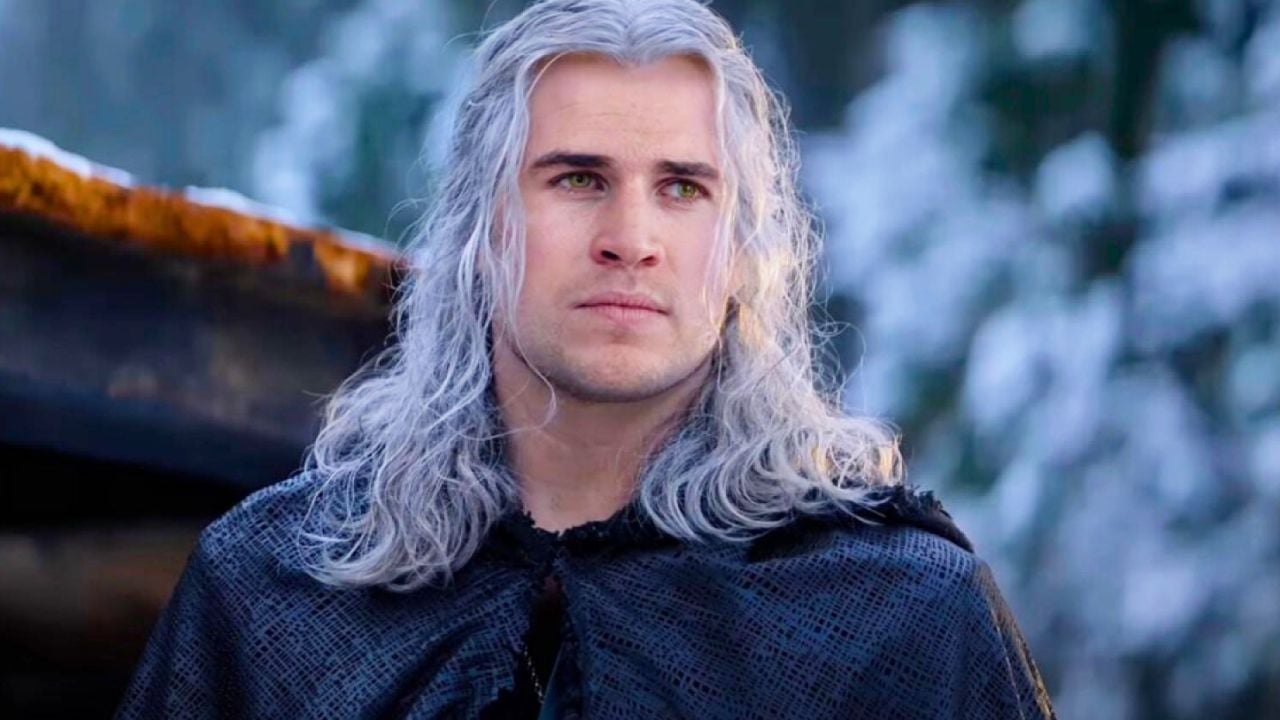One of the biggest names in music is also a legend when it comes to album covers
Bob Dylan He is a legend on and off stage. And if the image is a complement to his music, the artist has very well managed to build a surprising visual identity. Your ex-girlfriend Suze Rotolo he wrote in his memoirs A freewheeling time (2008) that “a lot of time was spent in front of the mirror trying on one wrinkled item of clothing after another until it all came together to look as if Bob had just stood up and thrown something in. Image was everything .”
With this in mind, the Rolling Stone rated all album covers by Bob Dylan and I placed them in a ranking. Here we separate the top 10 rankings. See below:
10. Street Legal (1978)
Dylan photographed by Howard Alk on the streets of Santa Monica: sleeves rolled up, looking for action, visibly without a wedding ring.
9. Nashville Skyline (1969)
In 1969, Dylan smiling seemed like a radical and sincere act. According to the photographer Elliot Landythis photo was not taken in Nashville, but in Woodstock, New York. From the book by LandyWoodstock vision: “‘Do you think I should wear this?’ he asked, starting to put on his hat, smiling because it was a little silly, and he was having fun visualizing himself in this silly looking traditional hat “‘I don’t know,’ I said as I snapped. It all happened so fast. If I had any resistance inside me, I would have missed the photograph that became the cover Nashville skyline. It’s better to be open to life.”
8. The World Gone Wrong (1993)
Dylan he remembered Dave Stewart (from Eurythmic) at 4 a.m. and asked him to arrange a shoot that day for his song “Blood in my eyes“. Stewart he accepted and a few hours later took him for a walk around London, filming him with an 8mm camera. Dylan he wore a top hat and interacted happily with strangers. Stewart he judged the day surreal enough to require further documentation, so he called his imperturbable friend, the Colombian photographer Ana María Vélez Woodwho only 48 hours earlier had been in the Amazon jungle. In a bar in Camden Town he took the photo which became the cover World gone wrong: An impromptu photo that seemed to have been carefully staged to show a man from a bygone era whose candle had not yet burned down to the wick.
7. The Basement Tapes (1975)
How do you capture the anarchic spirit of these famous and often pirated (but not photographed) sessions? For its release, eight years after their recording, Dylan and the band recruited the photographer Reid Miles because he liked the album cover Subway From Thelonious Monkfrom 1968. This cover was shot in the basement of YMCA of Hollywood; the musicians were accompanied by people dressed as circus performers and song characters, e.g Quinn the Eskimo. To add something to the board Fellini, Dylan and the gang also dressed up, some wearing military uniforms. Because the songs were conceived as demos for other artists, the album and its cover have the playful spirit of a Halloween party. Sometimes music can be a fantasy in and of itself.
6. The Times They Are a Changing (1964)
A year earlier, Dylan and the photographer Barry Feinstein they took a trip together from Denver to New York, driving a Rolls-Royce that belonged to the businessman of Dylan, Alberto Grossmann. (A photo of the feet of Dylan out of the window of the Rolls-Royce ended up on the cover of the 1970 album Delaney, Bonnie and friends on tour with Eric Clapton .) Then Dylan trusted Feinstein when the photographer took him to a friend’s penthouse in New York City and photographed him on the balcony, looking chiseled and intense. In your book Real moments, Feinstein wrote: “I didn’t need to take many photos because I immediately understood that it was a very unusual photo, an angle and a moment with Bob.”
5. Blonde on Blonde (1966)
This brown leather jacket makes the first of its three album appearances Dylan: we will see her again in John Wesley Harding AND Nashville skyline. The jacket wasn’t particularly warm, which was a problem on that cold winter’s day Dylan and the photographer Jerry Schatzberg I walked through New York’s Meatpacking District for this cover. They were both shaking from the cold, which is why this photo is blurry: Schatzberg I had trouble holding the camera still. This blur, however, gave the photo a slightly enigmatic and hallucinogenic appearance. Schatzberg I imagined that the Columbia Records I would never choose an out of focus photo, but Dylan he insisted on this. “It was amazing,” he said Schatzberg. “Because in general what Bobby he wants, Bobby you get.”
4. Desire (1976)
Counting Ken Reaganof which he took 13,750 photos Dylan and his collaborators on tour Rolling Thunder Revue. The photo used for the cover of Wish it was taken on the first day of the tour and exhibition Dylan with a fabulous look: gray felt hat, scarf, coat with fur collar. Of course, on the cover of his 1970 solo album, John Phillips she was wearing an incredibly similar outfit. But Dylan won the “Who wore it best?” competition. for it seemed that he was about to explore the United States as a particularly dissolute member of the expedition Lewis AND Clark.
3. Highway 61 revisited (1965)
Dylan he is sitting on the steps outside his apartment. Alberto Grossmann in Gramercy Park, with your friend Bob Neuwirth summoned by the photographer Daniel Kramer to fill the frame. “This wasn’t the plan,” Kramer said Rolling Stone. “We didn’t even expect to take a photo like this.” Even if your hair looks like cotton wool, Dylan It’s the epitome of beautiful here. He’s wearing a silk shirt over a Triumph Motorcycles T-shirt, sunglasses in hand, a confrontational look that’s electric in itself. But it is Neuwirth who takes the photo with the borrowed camera: we are not just looking at the portrait of a singer, we are somehow witnessing a moment in which the photo is about to take place, as if we were on the margins of history.
Bringing It All Home (1965)
A treasure hunt in the vortex of consciousness. Dylan posing with a cat (called Rolling Stone OR Growing gentlemandepending on who you ask) e Sally Grossman (wife of Alberto). They are surrounded by cultural debris from the mid-1960s: books, brochures, magazines with photos of Lyndon Johnson AND Jean Harlowa plate for the nuclear shelter, cufflinks (a gift from Joan Baez) and LPs from Robert Johnson, Ravi Shankar, Lotte Lenya, Eric von Schmidt AND Impressions. The previous album by Dylan, Another side of Bob Dylanit is intentionally placed in the background, as far away from the camera as possible. The photographer Daniel Kramer created the fisheye lens effect with a double exposure by rotating the camera so that the world was blurry to everyone except Dylanwho looks into the lens, accepting that he is at the center of the universe. Kramer it took hours to take 10 photos – the cover is the only where Dylan, Grossmann and the cat looked at the camera at the same time.
1. Freewheeling Bob Dylan (1963)
Bob Dylan he walks down a muddy street in Greenwich Village, finding his girlfriend SuzeRollreturned to New York after a period of study in Italy. The photographer Don Hunstein captured this image, full of love, art and the infinite possibilities of youth. (Cameron Crowe he memorably recalled it with Tom Cruise AND Penelope Cruz in the movie Vanilla sky 2001. ) Second Rollshe and Dylan they were very cold: “I was wearing a few sweaters, the last one was his, a big, bulky sweater,” he said. “So I always look at that picture like I feel like an Italian sausage because I had so many layers of clothes on, and he was freezing and I was freezing and I had more clothes on.” She is Dylan Young people have learned how much distance there can be between image and reality and how often it is still worth creating a memorable image.
+++READ MORE: Bob Dylan’s real involvement in his new film A Complete Stranger
+++READ MORE: Neil Young praises A Complete Stranger, the Bob Dylan biopic starring Timothée Chalamet
+++READ MORE: Bob Dylan insisted A Complete Stranger had a “totally inaccurate” scene.
Source: Terra
Earl Johnson is a music writer at Gossipify, known for his in-depth analysis and unique perspective on the industry. A graduate of USC with a degree in Music, he brings years of experience and passion to his writing. He covers the latest releases and trends, always on the lookout for the next big thing in music.








